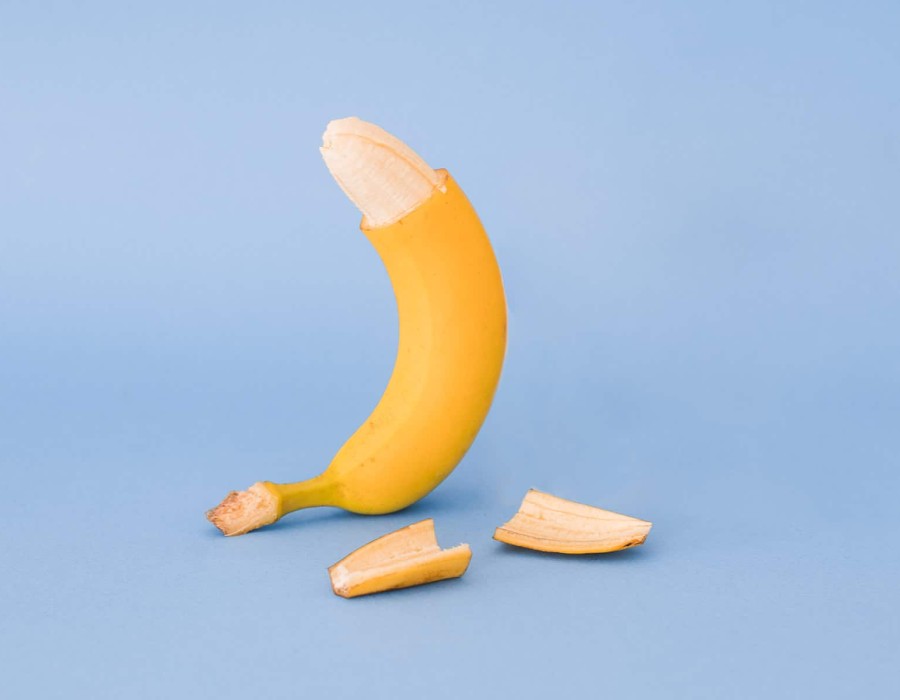Male circumcision is a practice that has a long and rich history in Dubai, reflecting both the cultural and religious evolution of the region. While the specific origins of circumcision are difficult to pinpoint, its presence in Islamic tradition provides a significant backdrop for understanding its historical development in Dubai. This article explores the history of male circumcision in Dubai, highlighting its cultural significance, religious roots, and the evolution of practices over time.
Ancient Practices and Cultural Context
The practice of circumcision predates Islam and has been observed in various cultures and religions for thousands of years. In the Arabian Peninsula, ancient tribes practiced circumcision as part of their cultural identity, viewing it as a rite of passage for young boys. These pre-Islamic customs laid the groundwork for the acceptance of circumcision within the emerging Islamic faith.
When Islam was introduced in the 7th century, it inherited many cultural practices from pre-Islamic Arabia, including circumcision. While the Quran does not explicitly mention the procedure, it became associated with the Sunnah of the Prophet Muhammad, which encouraged cleanliness and obedience to God. Over time, circumcision became widely accepted within the Islamic community as an important aspect of cultural and religious identity.
Establishment of Islamic Tradition
As Dubai developed into a major trading hub and cultural center in the region, the practice of male circumcision became increasingly prominent. The 19th and early 20th centuries saw a consolidation of Islamic traditions, with families placing greater emphasis on the religious significance of circumcision as a rite of passage for boys.
In this period, circumcision ceremonies began to take on more elaborate forms, often involving communal celebrations that brought together family and friends. These gatherings reinforced social bonds and emphasized the importance of community and shared religious values. The rituals associated with circumcision became an integral part of Dubai's cultural identity, blending religious observance with local customs and traditions.
The Role of Religion and Community Leaders
The role of religious leaders and community figures in the circumcision process has historically been significant in Dubai. Local mosques served as centers for educating families about the religious significance of circumcision, guiding them in the proper conduct of ceremonies and rituals.
Religious leaders often participated in circumcision ceremonies, offering prayers and blessings to the child and family. This involvement further emphasized the spiritual dimension of the practice, reinforcing the belief that circumcision is not merely a physical act but a sacred obligation in adherence to Islamic teachings.
Modern Developments and Changing Practices
In recent decades, Dubai has undergone rapid modernization and globalization, impacting various cultural practices, including circumcision. While the procedure remains a staple of Islamic tradition, discussions around bodily autonomy and ethical considerations have emerged, particularly among younger generations.
As families navigate these evolving perspectives, many continue to uphold the practice of circumcision as a vital aspect of their cultural and religious identity. However, there is a growing dialogue about the necessity of the procedure, with some families questioning traditional norms while still respecting their heritage.
The medical community in Dubai has also evolved to accommodate changing attitudes toward circumcision. Healthcare providers emphasize safe and hygienic practices, ensuring that families are well-informed about the procedure and its implications. This focus on education and safety reflects a broader trend toward informed consent and responsible medical care.
Conclusion
The history of male circumcision in Dubai is a rich tapestry woven from ancient cultural practices and religious traditions. From its roots in pre-Islamic society to its establishment as a significant aspect of Islamic faith, circumcision has evolved alongside the community's development. As Dubai continues to modernize, the practice of circumcision faces new challenges and discussions about ethics and bodily autonomy. Yet, it remains an integral part of the cultural and religious identity of many families, reflecting the complexities of tradition and modernity in a rapidly changing world. Through this historical lens, the significance of male circumcision in Dubai is both profound and enduring, showcasing the intersection of faith, culture, and community.





Comments